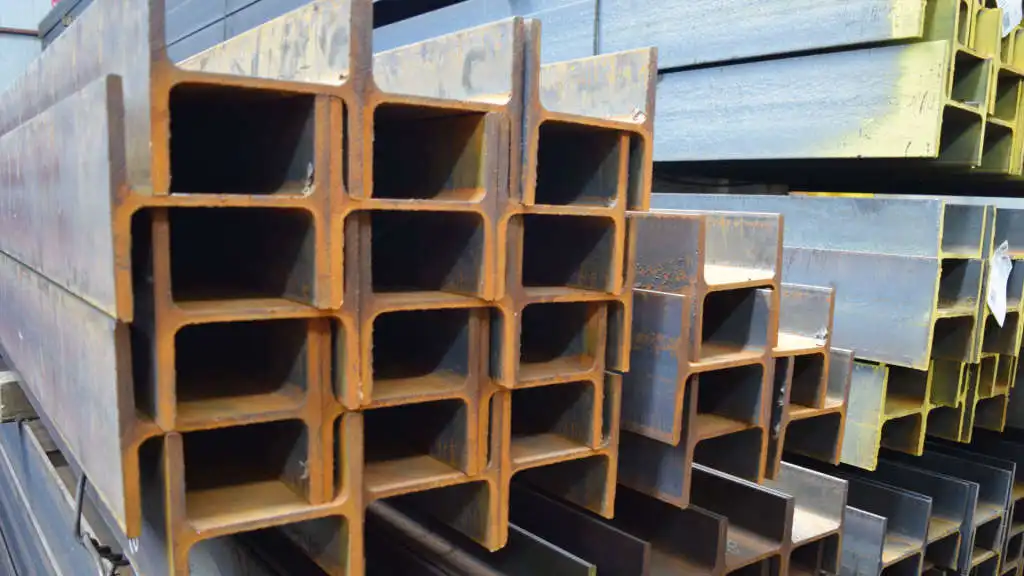Grade : S235 – S275 – S355
Dimensions : 100 – 1000 mm
H(Height) : 96 – 990 mm
B (Width) : 100 – 300 mm
T (Thickness) : 5,0 – 16,5 mm

High Energy Astrophysics (HEA) is the term used for the production of iron, steel, and other metal alloys specifically for high-energy astrophysical applications. Manufactured with a resemblance to the letter ‘H,’ these irons are particularly produced in broad angles. These irons have different varieties such as HEA and HEB.
In recent years, HEA irons with many features have found widespread use, especially in the construction sector, where they are used in beams to meet the requirements of static regulations. Generally, in terms of compliance with the desired dimensions in static regulations, HEA irons are among the most commonly used materials and are often preferred in various steel structures. Due to their lightness and space-saving characteristics, these irons are utilized optimally.
With their practicality and production in accordance with static calculations, HEA irons are widely used in many architectural projects today. Their high load-bearing capacity and durability make HEA irons extensively used in various industrial facilities, automotive, and heavy industries.
One notable feature of HEA irons is their suitability for recycling. Classified as scrap, HEA irons are made suitable for reuse in recycling. They are described as environmentally friendly in terms of conserving new resources.
Iron and steel products promise longevity and durability in architecture, industry, environmental work, and many other areas. They are preferred over previously used products to make human life simpler and more reliable. Steel products, including HEA steels, continually evolve to produce more aesthetic and durable results. HEA steels, produced through various stages, distribute the weight across different ends, exhibiting high surface resistance. HEA profile steels, with their characteristics, become reliable alternatives in the architectural field. They serve as long-lasting and durable carriers inside concrete structures where maintenance and repair cannot be done for years. In steel structures, they become both strong and aesthetic options, ensuring the safe transportation of tons of weight and thousands of people in densely populated multi-story buildings. Especially in earthquake-prone areas, they are used as reliable and robust construction materials. They maintain their original condition in all environmental conditions, with high corrosion resistance. They withstand challenging conditions such as impact, bending, and friction. Resistant to temperature and fire, they enable buildings to remain standing in the event of a fire, regardless of the number of floors. Additionally, being recyclable contributes to the conservation of resources.
